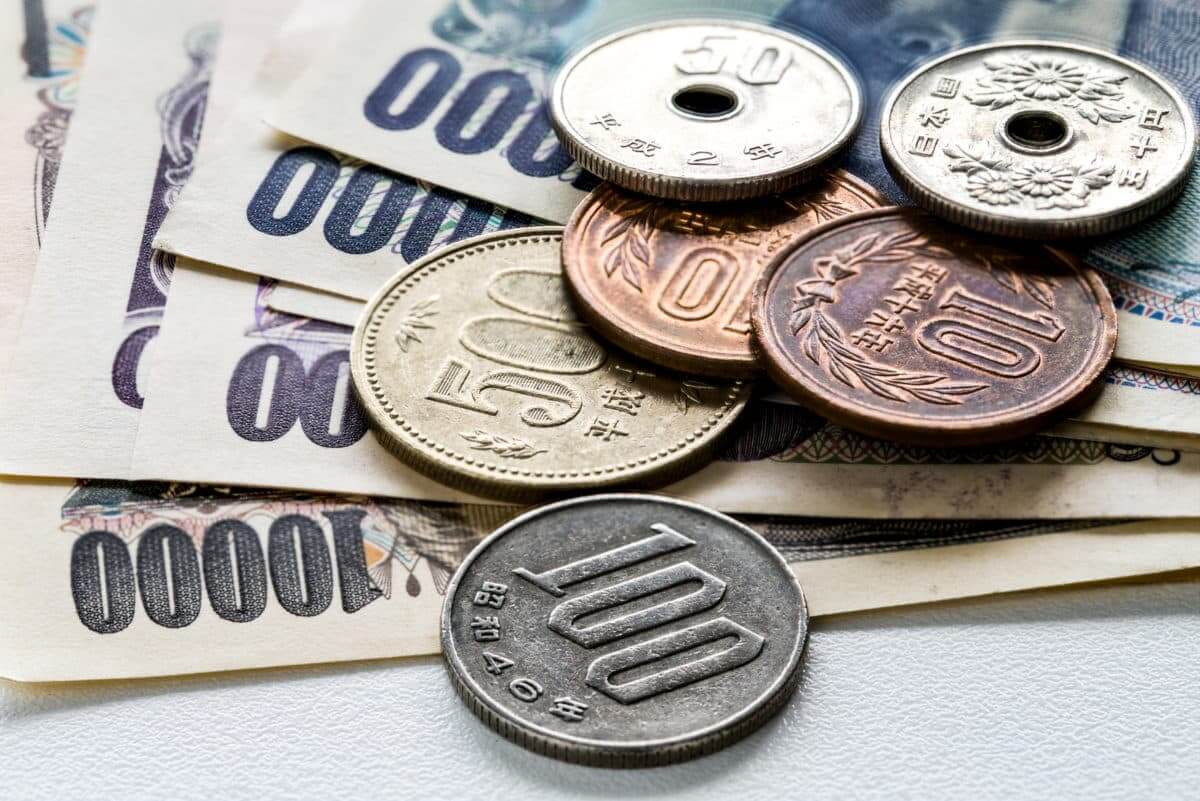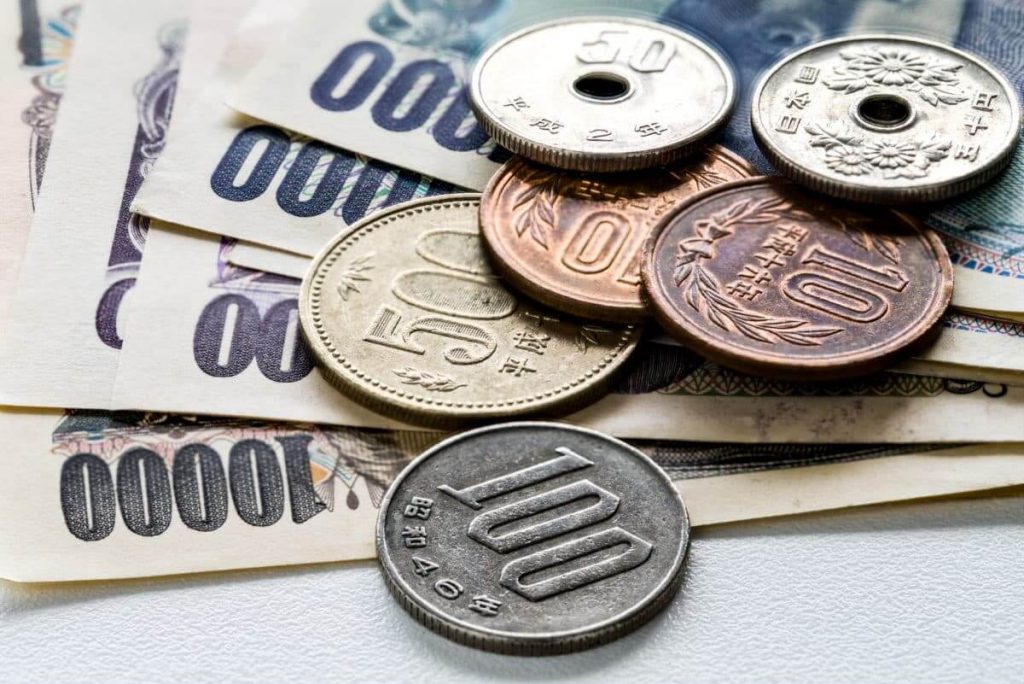
U.S. dollar remains in the red. What about Euro and Yen?
The U.S. dollar continued declining against the basket of six major currencies on Thursday. U.S. inflation data was softer than analysts expected. As a result, investors avoided bets about an aggressive interest rate increase by Fed.
The Japanese yen and Euro both benefited from the greenback’s weakness. They added to Wednesday’s gains today. The yen surged forward by 0.2% to 132.615 yen per USD. Meanwhile, the common currency gained a quarter of a percent, exchanging hands at $1.03255 at last.
The British Pound remained flat against the U.S. dollar today. It traded broadly at $1.22250. However, the sterling jumped by more than 1% on Wednesday. The dollar index ended in the red in early European trading hours. It shaved off 0.2% to 105.010 on Thursday. Before that, the greenback suffered its biggest daily plunge of 1% in five months during the previous session.
On Wednesday, new data showed that U.S. consumer prices remained unchanged last month after soaring by 1.3% in June. Currency analysts at Commerzbank noted that this data gave hope that inflation has hit its highest point. The Federal Reserve will likely need to hike rates less sharply, especially if it wants to control soaring inflation.
Market participants bet that the agency would increase rates by 75 basis points for a third consecutive time in September. However, currently, they contemplate only a half-point hike. On Wednesday, Fed policymaker Neal Kashkari stated that the bank was very far away from declaring victory when it comes to inflation.
How are the EM currencies faring?
The Singapore dollar remained flat in Asia. According to new data, the city-state’s economy expanded less than analysts expected in Q2. In addition, the government decided to cut its 2022 growth projections. The global outlook is uncertain due to the Russia-Ukraine war and skyrocketing inflation.
On Thursday, the Chinese Yuan plummeted by 0.2%. In Zhejiang province, export hub Yiwu imposed a three-day lockdown to hinder the spread of COVID-19 due to the recent outbreak. The Yuan has already suffered greatly due to coronavirus restrictions.
On the other hand, the Indonesian rupiah surged forward to a more than the six-week peak on Thursday. Most Asian currencies also rallied versus the declining dollar. As a result, South Korea’s won added 0.6%, along with the rupiah. But the Philippines Peso edged up slightly, trading without significant gains.
Moreover, the Taiwan dollar and Malaysia’s ringgit jumped by 0.2% each. Alvin Tan, the head of Asia FX strategy at RBC Capital Markets, stated that risk appetite has been improving globally. As the rupiah is a high-carry currency, it benefited strongly compared to other currencies.


